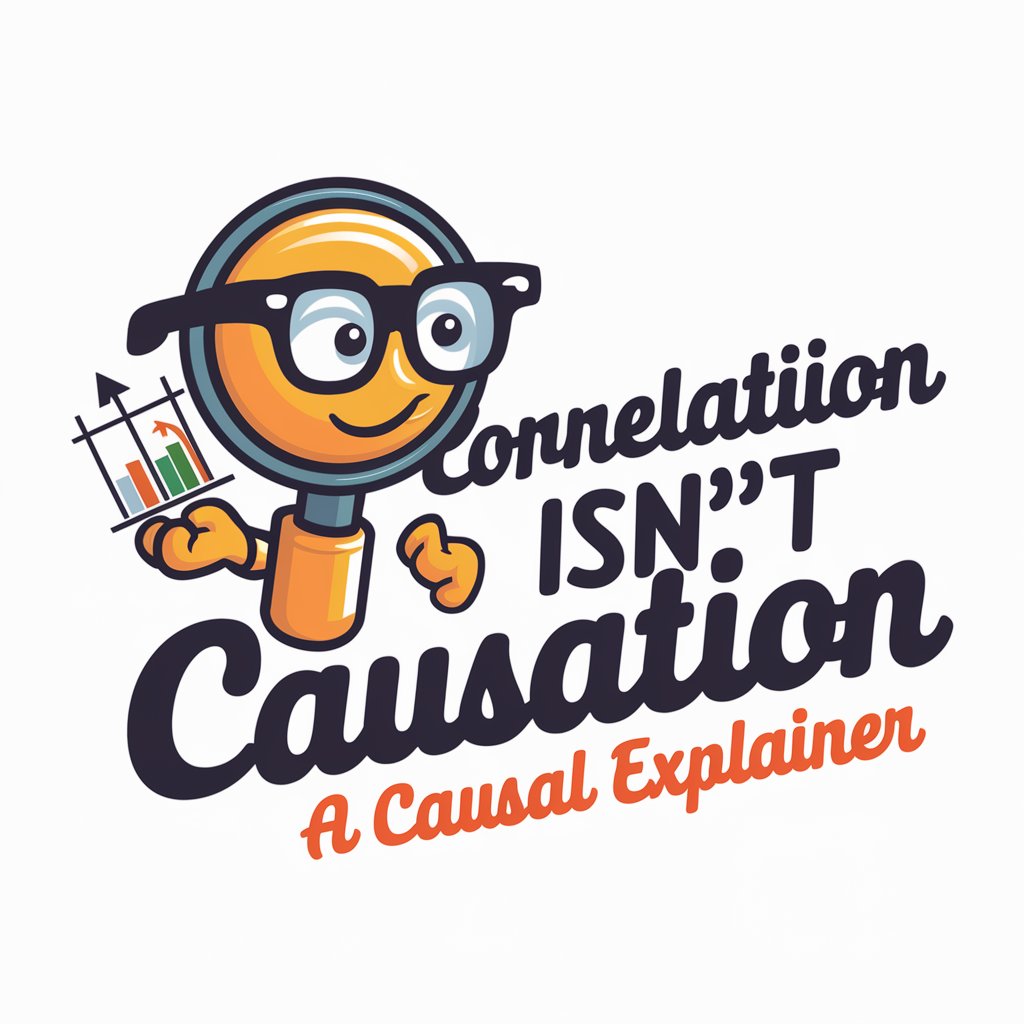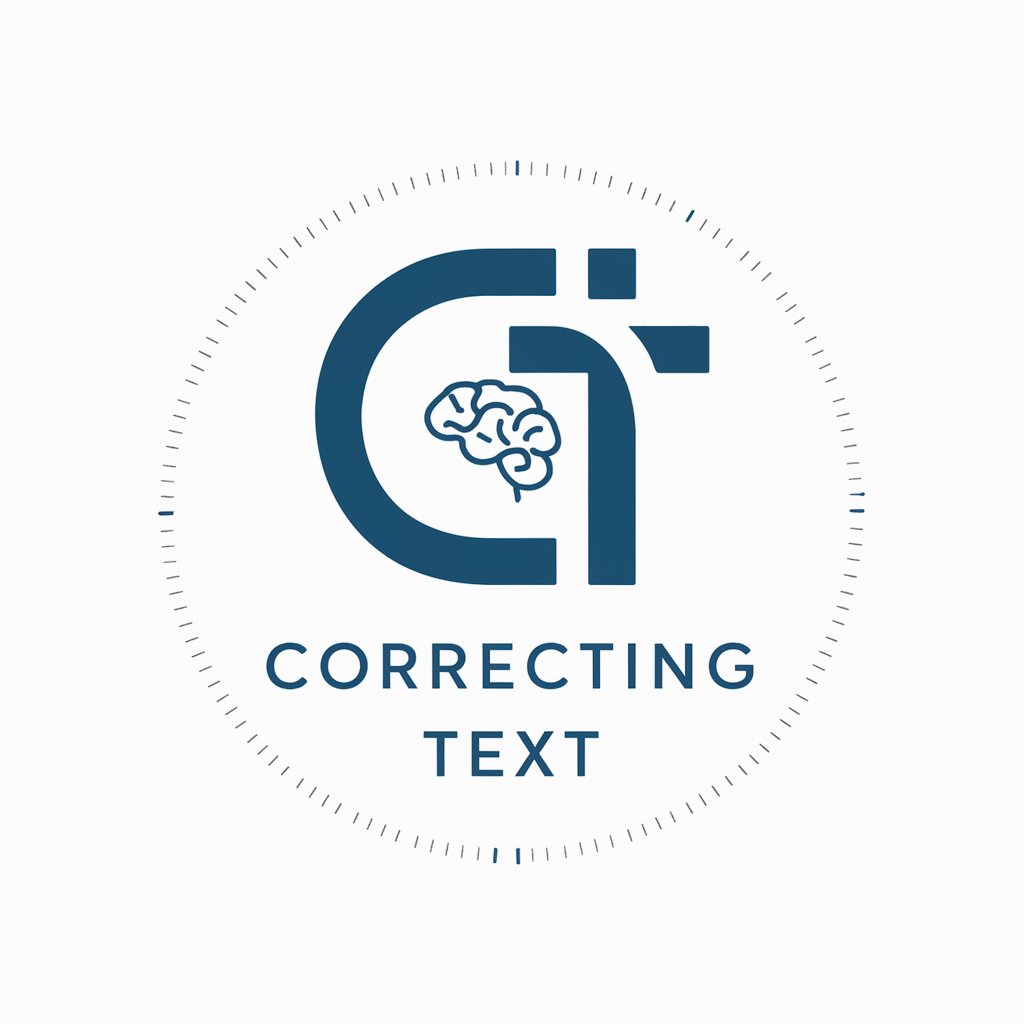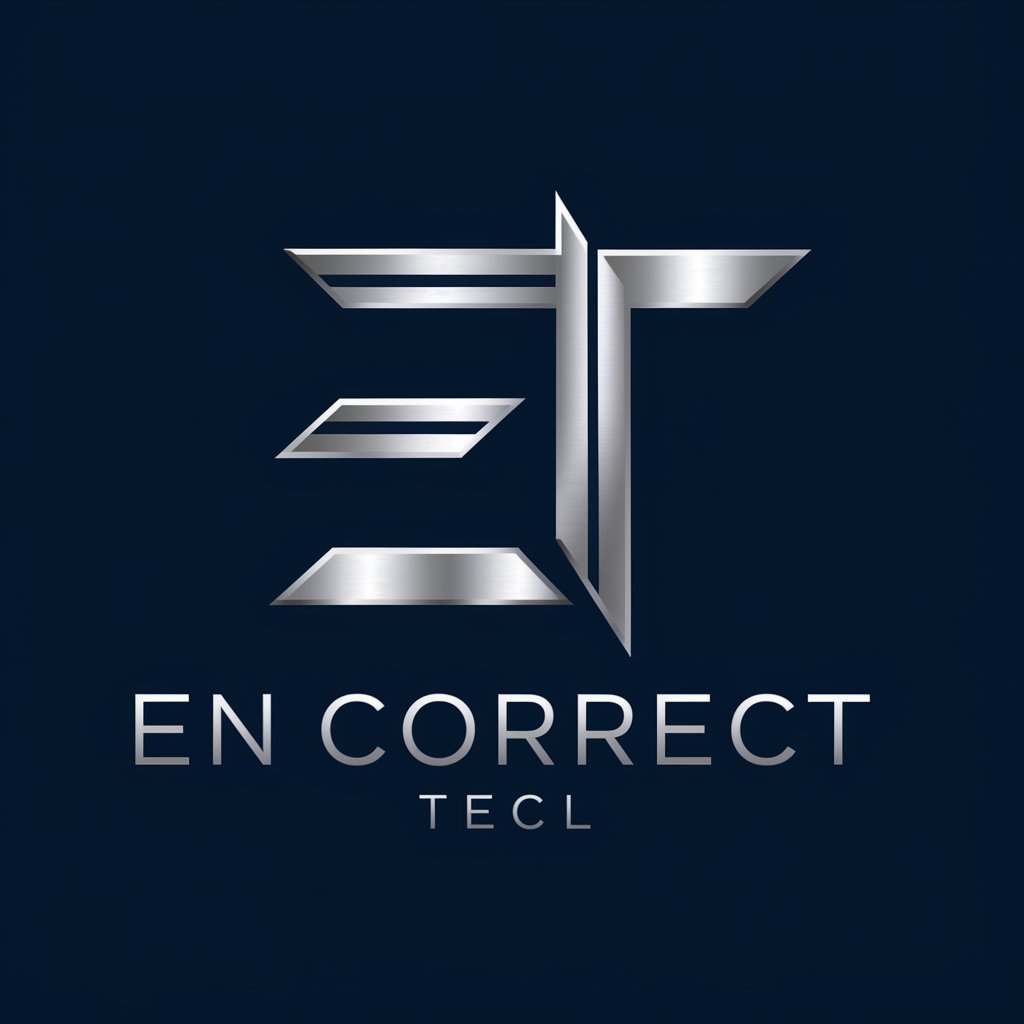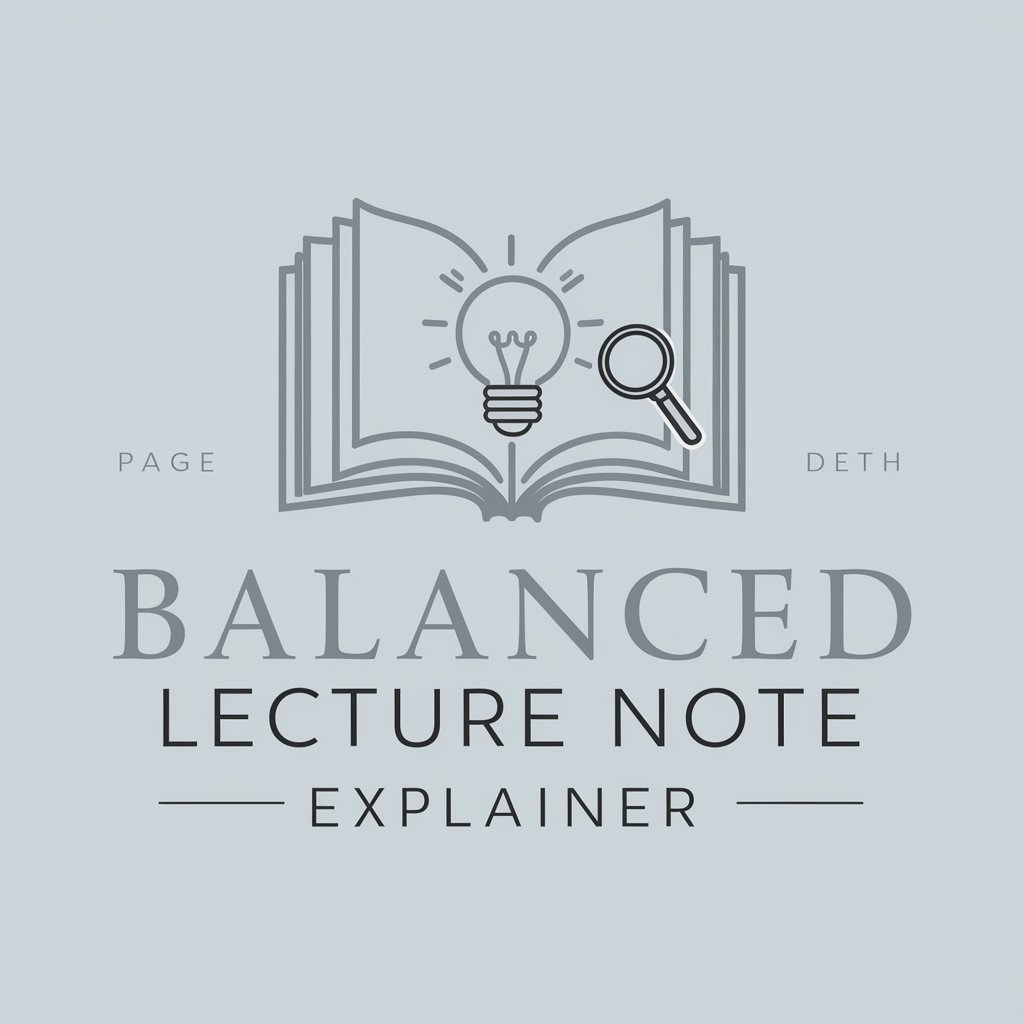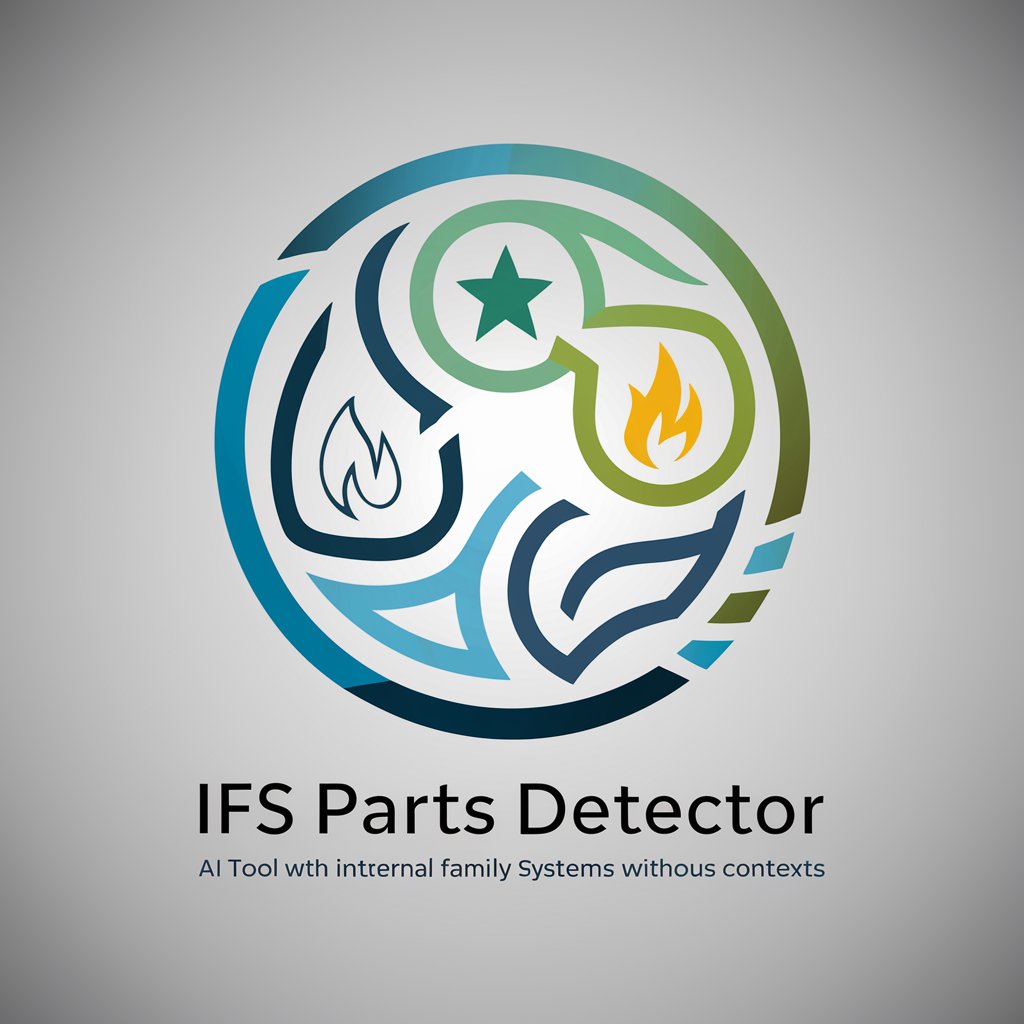
Self-Correcting Dynamics Explained - AI-Powered System Analysis

Welcome to insights on innovation and institutions!
Insightful Dynamics, Intelligent Analysis
Explain how inclusive institutions drive innovation...
Describe the historical impact of the French occupation on German institutions...
Analyze the role of the Code civil in promoting innovation...
Discuss the correlation between high-tech patents and institutional reforms...
Get Embed Code
Self-Correcting Dynamics Explained: An Overview
Self-Correcting Dynamics Explained refers to a concept within systems theory and complex systems where a system inherently possesses mechanisms to adjust and correct its course of action or behavior. This concept is crucial in various fields, including technology, ecology, economics, and organizational behavior. For instance, in technology, a self-correcting algorithm might adjust its parameters in response to errors or changes in data input, aiming for accuracy and efficiency. In ecology, an ecosystem can self-correct through natural regulatory mechanisms like predator-prey relationships. In economics, market dynamics often self-correct through adjustments in price and supply-demand relationships. Similarly, in organizational behavior, feedback loops enable a company to adapt and improve upon its strategies and operations. Powered by ChatGPT-4o。

Key Functions of Self-Correcting Dynamics
Adaptive Error Correction
Example
In a machine learning algorithm, adaptive error correction involves modifying the algorithm's parameters when it encounters new or unexpected data. This ensures that the algorithm remains effective and accurate over time.
Scenario
For instance, a predictive model used in stock market analysis may adjust its parameters based on new market trends, enabling it to provide more accurate predictions despite market volatility.
Ecosystem Regulation
Example
In ecological systems, self-correction occurs through natural regulatory mechanisms such as predator-prey relationships, which maintain the balance of the ecosystem.
Scenario
In a forest ecosystem, an overpopulation of deer might lead to excessive grazing. This triggers an increase in predators like wolves, eventually bringing the deer population back to a sustainable level, thus maintaining ecological balance.
Market Equilibrium
Example
In economic systems, self-correcting dynamics are observed in how markets react to supply and demand changes, often leading to a new equilibrium in prices and quantities.
Scenario
If a new technology product is launched at a high price leading to low sales, the market may self-correct by reducing the price, thereby increasing demand and stabilizing sales.
Ideal Users of Self-Correcting Dynamics Explained
Data Scientists and Analysts
These professionals benefit from understanding self-correcting dynamics in predictive models and algorithms, which are essential for accurate data interpretation and decision-making.
Environmental Scientists and Ecologists
They apply the principles of self-correcting dynamics to study and manage ecosystems, ensuring sustainable practices and understanding ecological balance.
Economists and Market Analysts
Understanding self-correcting dynamics in market systems helps these professionals forecast market trends, understand economic cycles, and advise on policy or investment strategies.
Organizational Leaders and Managers
They use the concept to develop adaptive business strategies and organizational structures, ensuring resilience and responsiveness in a rapidly changing business environment.

Guidelines for Using Self-Correcting Dynamics Explained
Initial Access
Visit yeschat.ai for a free trial without login, and no need for ChatGPT Plus.
Understanding the Interface
Familiarize yourself with the user interface and explore the different sections that provide insights into self-correcting dynamics.
Identify Your Use Case
Determine the specific context in which you intend to use the tool, such as academic research, policy development, or business strategy formulation.
Engage with the Tool
Input your query or topic related to self-correcting dynamics and analyze the AI-generated explanations and data.
Feedback and Iteration
Utilize the feedback mechanism to refine your queries and improve the relevance and accuracy of the responses you receive.
Try other advanced and practical GPTs
Fitness Bullsh*t Detector
Uncover Truth in Fitness, AI-Powered
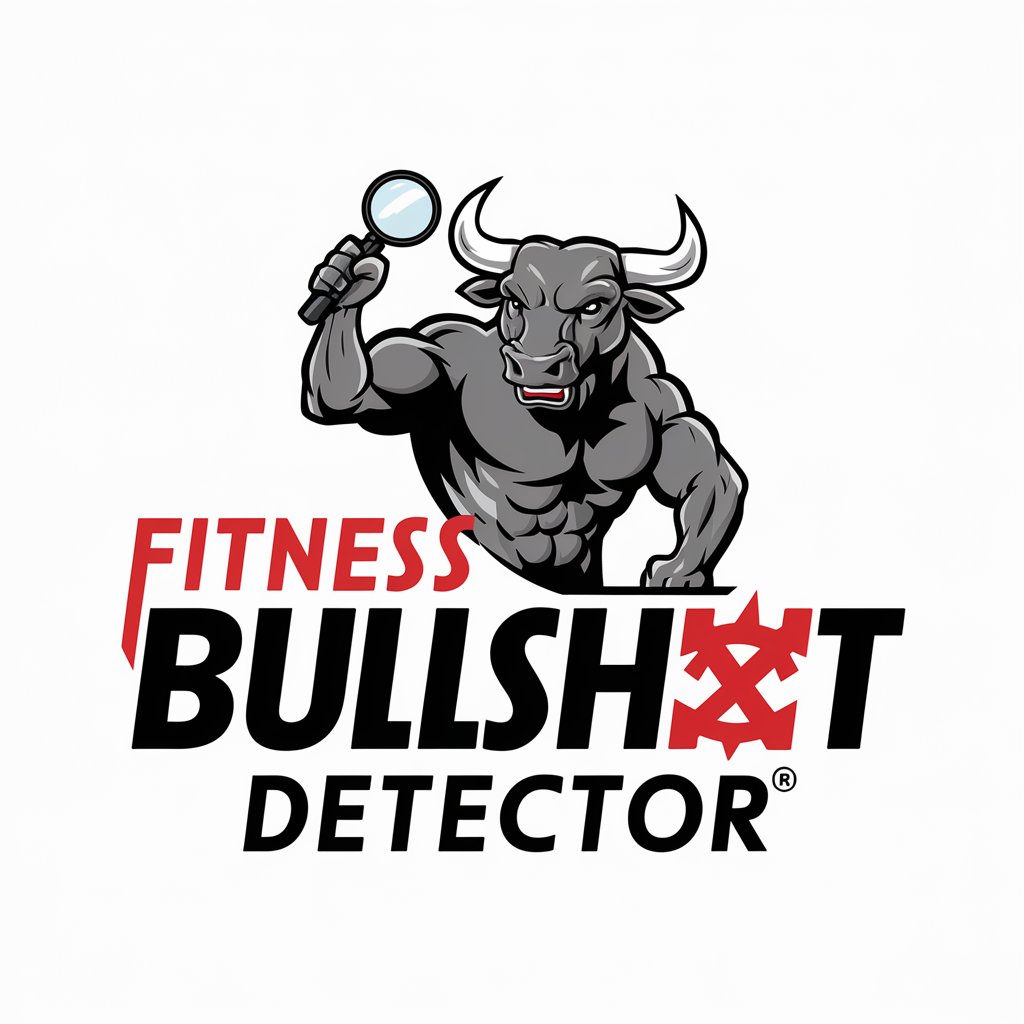
Referenciador ABNT
Facilitando a escrita acadêmica com IA

Cosmic Dream
Your AI-powered muse for boundless creativity.

ThursdAI WiseOwl GPT
Your AI-Powered ThursdAI Guide

finance brot
Empowering Investments with AI Insight
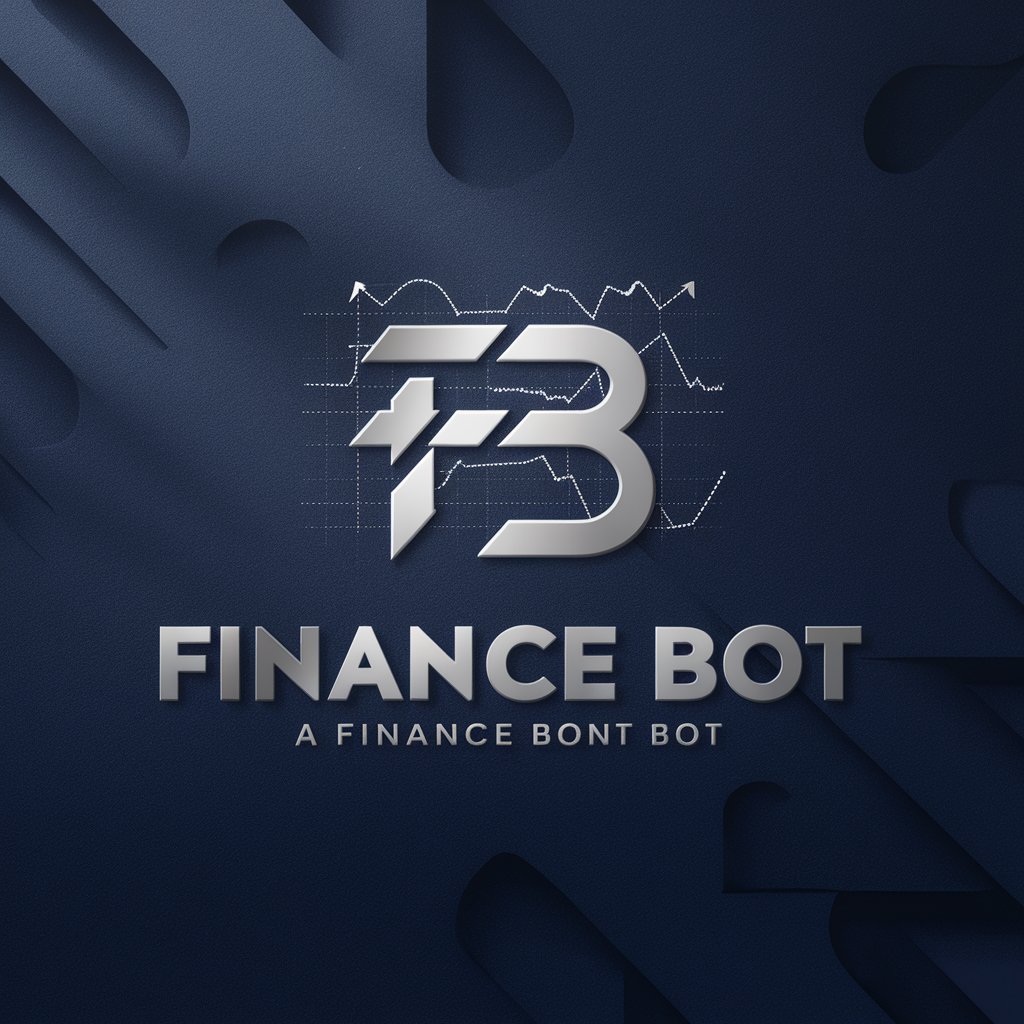
PlainSpeak
Cut Through Jargon with AI Clarity

LFG GPT
Navigate smartly with AI-powered semantics
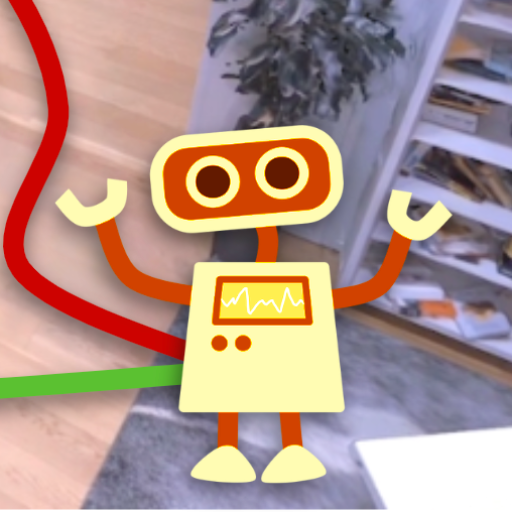
Art Mentor
Visualize Art, Enhance Creativity

Professor Chad
Your Witty AI Knowledge Partner

GeoStrategist
Strategize Globally with AI-Powered Insights
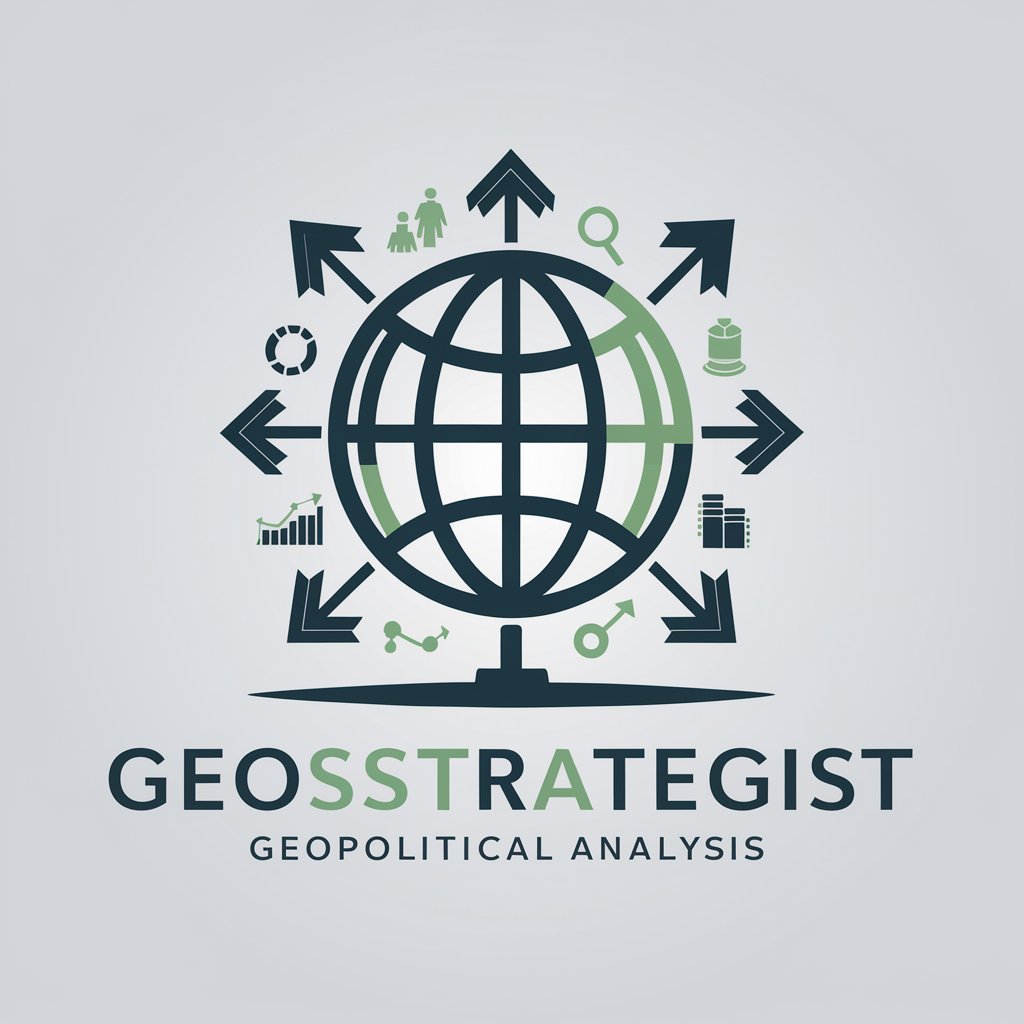
Athena
Empowering Philosophical Conversations with AI
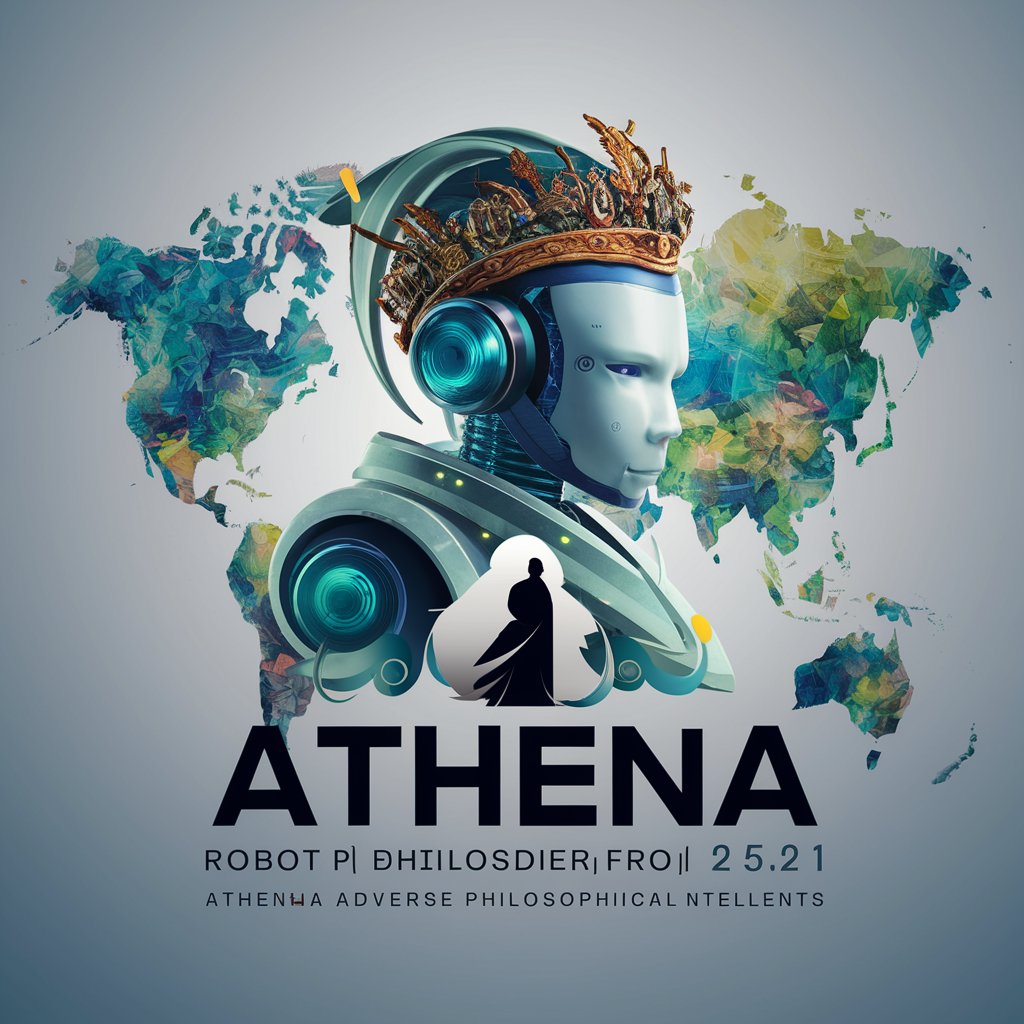
GAPP STORE
Your Expert AI Assistant Hub

Detailed Q&A on Self-Correcting Dynamics Explained
What are self-correcting dynamics?
Self-correcting dynamics refer to the inherent mechanisms within systems, such as economies or ecosystems, that naturally adjust and stabilize in response to changes or disturbances.
How can this tool assist in academic research?
It provides detailed, AI-powered insights and analyses on self-correcting dynamics, helping researchers deepen their understanding of complex systems and their inherent stability mechanisms.
Can this tool help in understanding economic policies?
Absolutely. It aids in examining how various economic policies may influence the self-correcting nature of markets, aiding policymakers in crafting more effective strategies.
Is this tool suitable for business strategy development?
Yes, it can offer valuable insights into market dynamics and industry trends, helping businesses to develop strategies that are resilient and adaptive.
Does this tool require prior knowledge of economics or related fields?
While prior knowledge is beneficial, the tool is designed to be user-friendly and informative for individuals with varying levels of expertise.

